MPP History
- Dave Macey

- Jan 4, 2016
- 3 min read
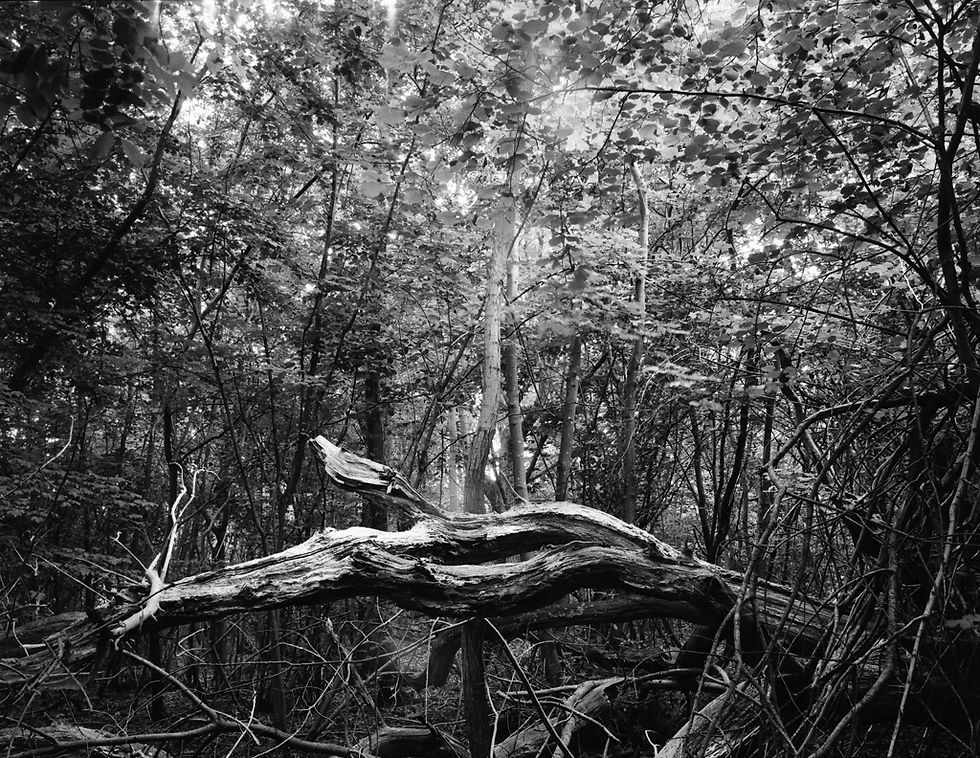
Now that I had an idea of how to photograph the forest I then started to take the images. As mentioned before I decided to use only film for the project and to steer clear of digital imaging until it came to post processing. The film that I mainly used was Ilford FP4 as this gives a nice good tonal range and also offers a very low grain. I did think about using Ilford Pan 50 as this has even finer grain but because of the slower speed and as I would be photographing in overcast lighting then having that extra stop of film speed will be useful.
In total for the B&W I used 6 rolls of 120 and 3 rolls of 35mm. I noticed as I was becoming more familiar with the forest I was becoming more selective and focused. Initially I would try and photograph everything but it wasn't till after a couple of rolls of film that I found I was focusing on the more unusual elements of the wood. There seemed to be three locations that stood out more than others. Firstly, there was a gnarled old oak tree at the entrance, then there was the roots of the tree that was blown over and thirdly there was the trunk of another tree that had been toppled previously in high winds. There were other notable locations, such as the hazel trees in the upper part of the wood, but it was those three locations that really drew my attention.
Below is a gallery of all the B&W photographs I took of the wood.
The photographs I took over a two month period of July and August, with September reserved for the production and printing of the book. Overall I was pleased with the images that I captured and felt confident that I could use 15 B&W for the book.
I would of carried on with taking images but I was mindful the deadline that I had set myself to have the book printed in time for my return to university. Also, of what went hand in hand with the shooting was the editing, which will be covered in a separate blog post.
My experience of photographing the wood showed me that there was more material to capture, that in some respects I had only scratched the surface. I was getting the impression that even though I had captured some good photographs and that I could make a successful project of the place, that there was more which I wasn’t capable of seeing. This is because of my own limitations, and that I wasn't challenging my creativity or thinking, I was consolidating. But at the time this is what I needed to do because it gave me a foundation to build upon. Also, by continuing the project I was going past the point where I normally stop and I wanted to see what I could achieve by continuing the project.
Overall though I found it very beneficial. It gave me the confidence to guide myself through a project without any direction from a tutor and it showed me that I can choose my own direction successfully. The real benefit came because it demonstrated to myself that I have the ability for independent study, that I was able to rely on my own judgement, which gave me a much needed confidence boost.


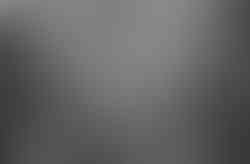


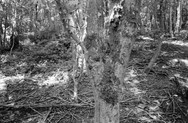












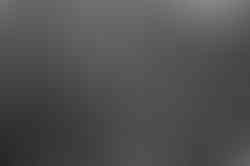








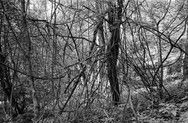
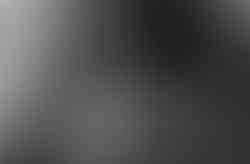






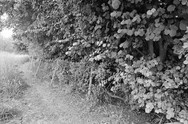



































































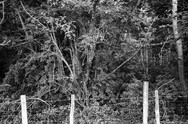


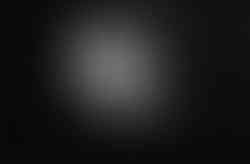






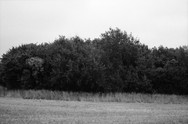









































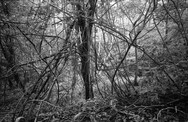









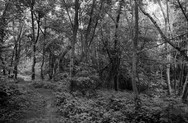




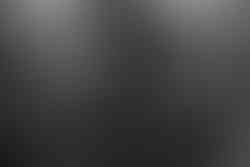

















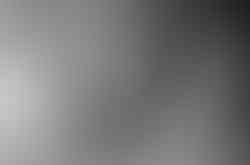













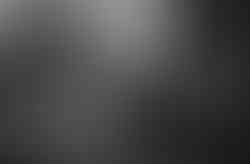

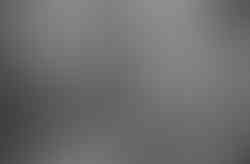























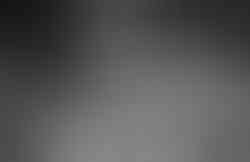


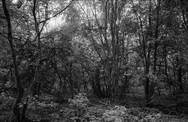





















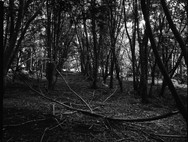























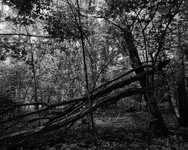







































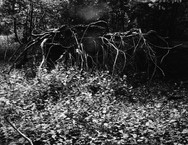



























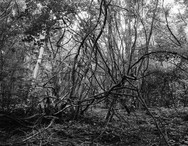

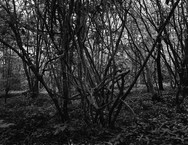















































Comments